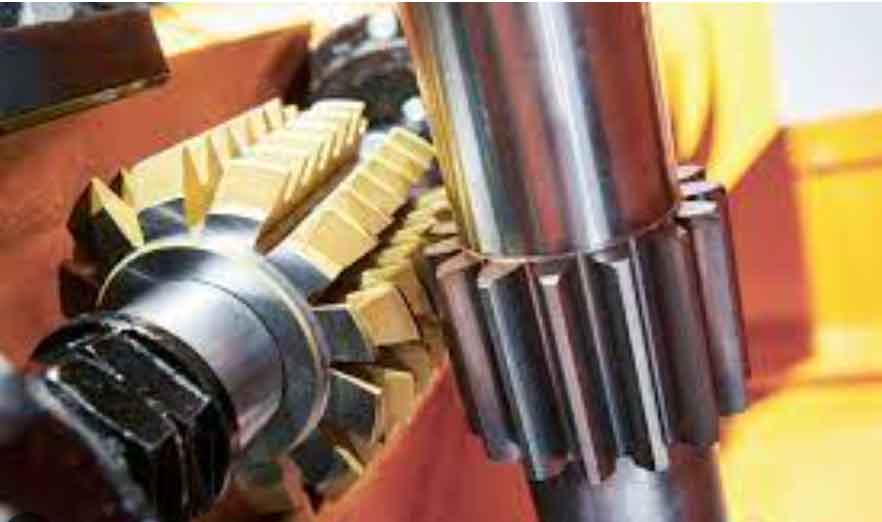Gear hobbing technology has seen significant advancements in recent years, driven by the need for higher precision, improved productivity, and the demand for more complex gear designs. Here are some notable advancements in gear hobbing technology:

- CNC Control: Computer Numerical Control (CNC) technology has revolutionized gear hobbing. Modern hobbing machines are equipped with CNC controls, which provide precise control over the cutting process. CNC controls allow for easy programming of complex gear profiles, automatic tool and workpiece alignment, and real-time monitoring of machining parameters.
- High-Speed Hobbing: High-speed hobbing utilizes advanced hob designs and cutting strategies to achieve higher cutting speeds, resulting in improved productivity. This technology involves using hobs with higher numbers of cutting teeth, optimized tool geometries, and enhanced cutting tool materials to withstand the increased cutting forces at high speeds. High-speed hobbing can significantly reduce cycle times while maintaining accuracy and surface finish.
- Dry Hobbing: Traditionally, gear hobbing has involved the use of cutting fluids for lubrication and cooling. However, advancements in cutting tool coatings, such as DLC (Diamond-Like Carbon), have enabled dry hobbing, where no cutting fluids are required. Dry hobbing offers several benefits, including reduced environmental impact, lower operating costs, and simplified chip removal. It also eliminates the need for cleaning and drying the parts after machining.
- Multi-Axis Hobbing Machines: Multi-axis hobbing machines have become more prevalent, allowing for the production of gears with complex geometries, such as helical gears, spiral bevel gears, and non-circular gears. These machines combine hobbing with additional machining operations, such as milling or shaping, to create intricate gear profiles. Multi-axis hobbing machines offer greater flexibility and versatility in gear manufacturing.
- Adaptive Control Systems: Adaptive control systems in gear hobbing machines continuously monitor the cutting process and make real-time adjustments to optimize cutting parameters. These systems use sensors, such as force sensors or acoustic emission sensors, to measure cutting forces, vibrations, or sound signals. The data collected is analyzed, and the cutting parameters are adjusted accordingly to improve gear quality, tool life, and overall process efficiency.
- Simulation and Virtual Modeling: Advanced software tools for gear hobbing simulation and virtual modeling have emerged. These tools allow manufacturers to simulate the gear hobbing process, predict the behavior of the cutting tool and workpiece, optimize cutting parameters, and detect potential issues before actual machining. Virtual modeling helps in reducing setup times, minimizing tool wear, and optimizing the overall gear production process.
- Automation and Integration: Gear hobbing machines have become more automated and integrated with other manufacturing processes. Automated loading and unloading systems, robotic tool changers, and in-line quality inspection systems have improved productivity and reduced manual intervention. Integration with other machining operations, such as gear grinding or gear shaving, enables a more streamlined and efficient gear manufacturing process.
These advancements in gear hobbing technology have led to improved precision, higher productivity, expanded design possibilities, and enhanced overall efficiency in gear manufacturing. Manufacturers can now produce gears with tighter tolerances, complex geometries, and improved surface finish, meeting the evolving demands of various industries.
